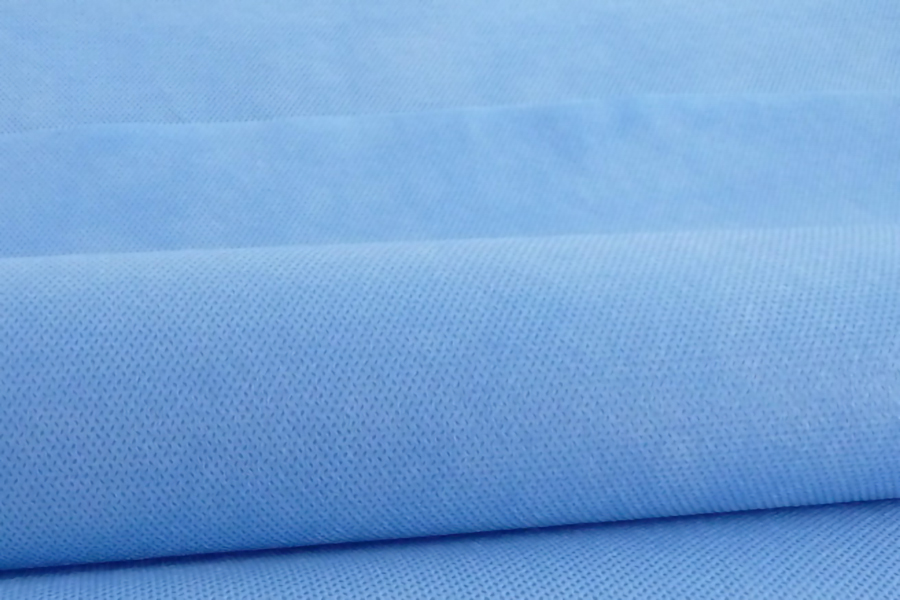Spunbonded nonwoven fabric offers several advantages compared to traditional woven or knitted fabrics. These advantages make spunbonded nonwoven fabric a preferred choice in various industries. Here are some key advantages:
Cost-Effectiveness:
Spunbonded nonwoven fabric is generally more cost-effective to produce than traditional woven or knitted fabrics. The continuous manufacturing process, lower raw material costs, and reduced labor requirements contribute to overall cost efficiency.
High Production Speed:
The continuous manufacturing process of spunbonded nonwoven fabric allows for high-speed production. This rapid production capability makes it well-suited for applications where large quantities of fabric are needed quickly.
Versatility:
Spunbonded nonwoven fabric is highly versatile and can be customized for various applications. It is available in different weights, thicknesses, and compositions, making it adaptable to diverse end-use requirements.
Uniformity:
The production process of spunbonded nonwoven fabric results in a uniform and consistent structure. This uniformity enhances the fabric's strength, appearance, and performance.
Lightweight Nature:
Spunbonded nonwoven fabric is lightweight, which has advantages in terms of transportation, handling, and use in applications where weight is a critical factor.
Breathability:
The open and random fiber arrangement in spunbonded nonwoven fabric allows for air circulation, providing breathability. This characteristic is particularly beneficial in applications where breathability is essential, such as in hygiene products or medical textiles.
Quick Moisture Absorption:
Spunbonded nonwoven fabric, especially when made from hydrophilic materials, can have quick moisture absorption properties. This makes it suitable for certain applications where managing moisture is important.
Resistance to Mold and Mildew:
The synthetic nature of many materials used in spunbonded nonwoven fabric makes it resistant to mold and mildew growth. This is advantageous in applications where moisture resistance is crucial.
Minimal Fraying:
Unlike woven fabrics, spunbonded nonwoven fabric has minimal fraying because it is not constructed from individual yarns. This reduces the need for additional finishing or edge treatments.
Ease of Processing:
The manufacturing process of spunbonded nonwoven fabric involves fewer steps compared to traditional weaving or knitting. This simplicity contributes to ease of processing and efficiency in production.
Non-Creasing:
Spunbonded nonwoven fabric is less prone to creasing compared to some woven fabrics. This property can be advantageous in applications where a smooth and wrinkle-resistant appearance is desired.
Hygienic Properties:
Spunbonded nonwoven fabric can be engineered for hygienic applications, such as in disposable medical products or personal care items, where its non-absorbent and quick-drying properties are beneficial.
Durable and Strong:
Spunbonded nonwoven fabric is known for its strength and durability. It can withstand wear and tear, making it suitable for various industrial applications and applications requiring long-lasting performance.
While spunbonded nonwoven fabric offers numerous advantages, it's essential to note that the choice between spunbonded nonwoven and traditional woven or knitted fabrics depends on the specific requirements of the application. Each type of fabric has its unique strengths and is best suited for certain use cases.

